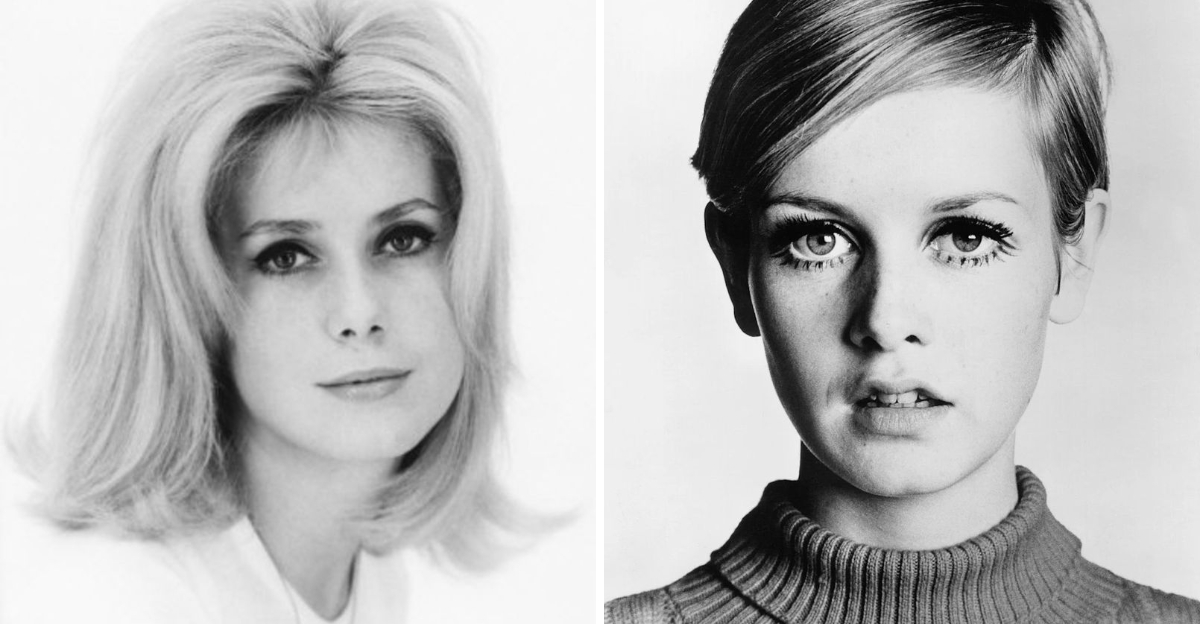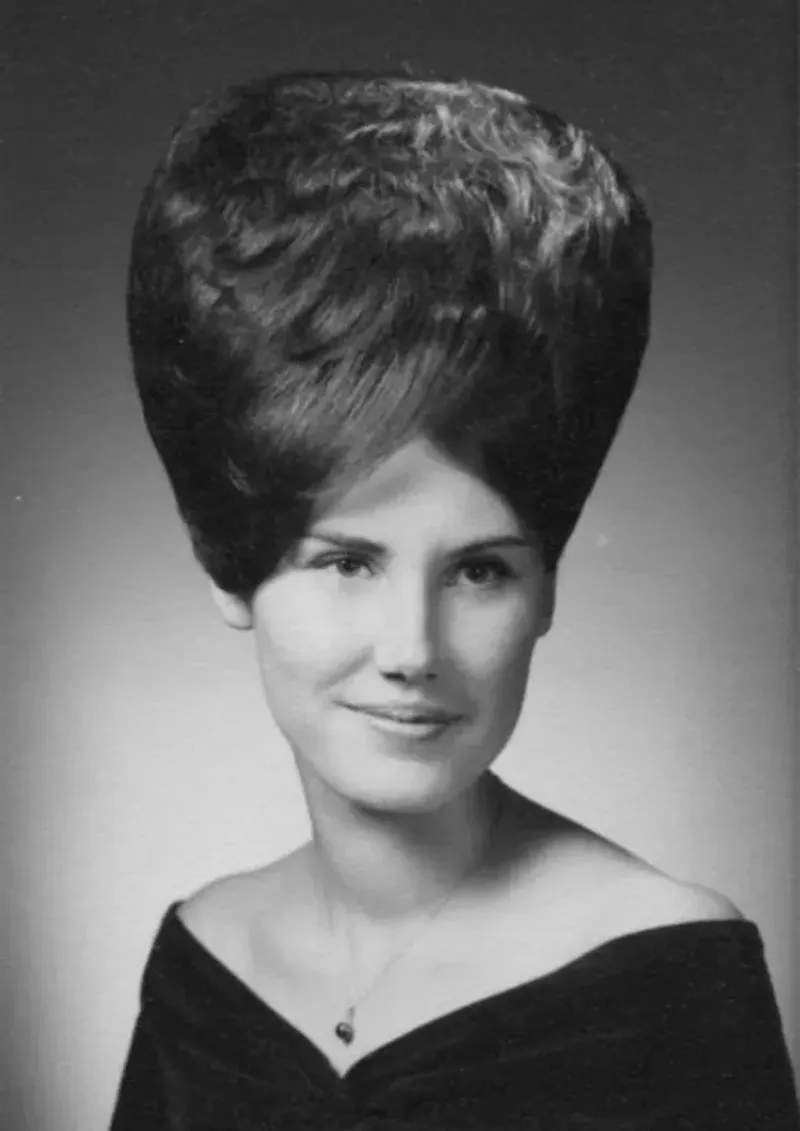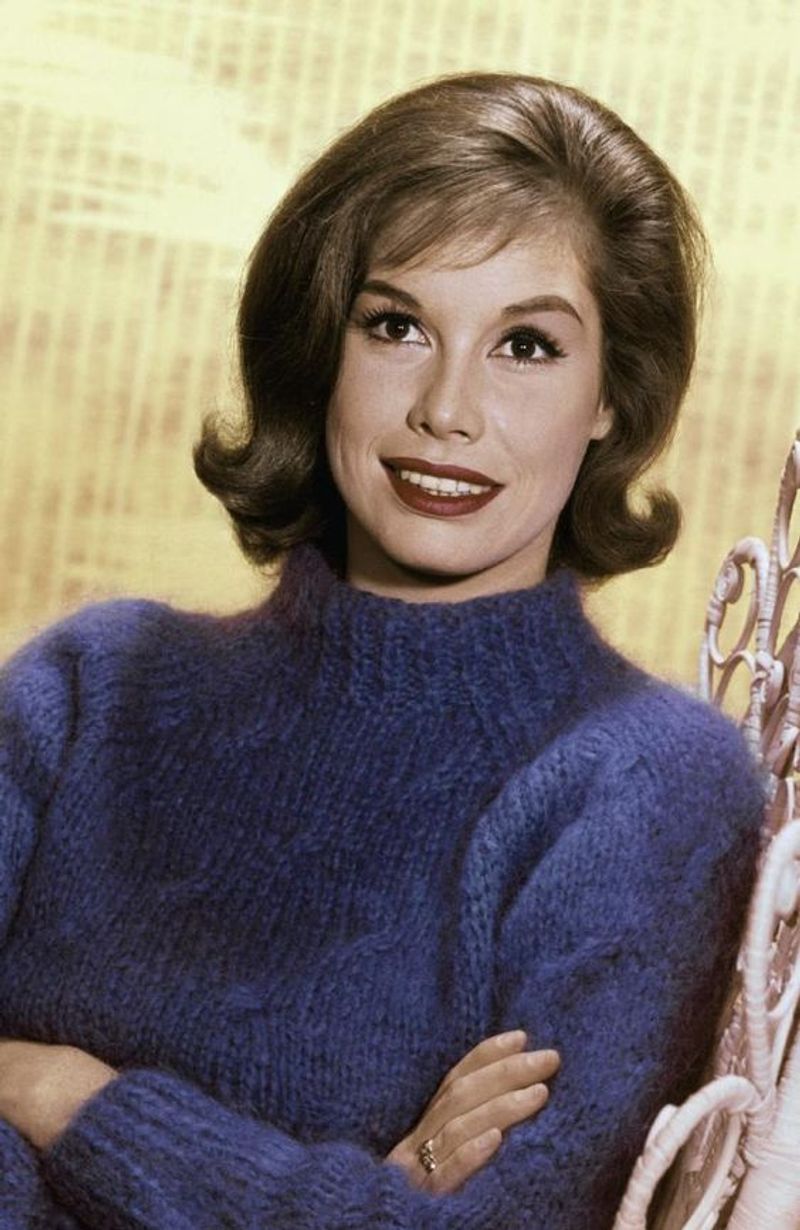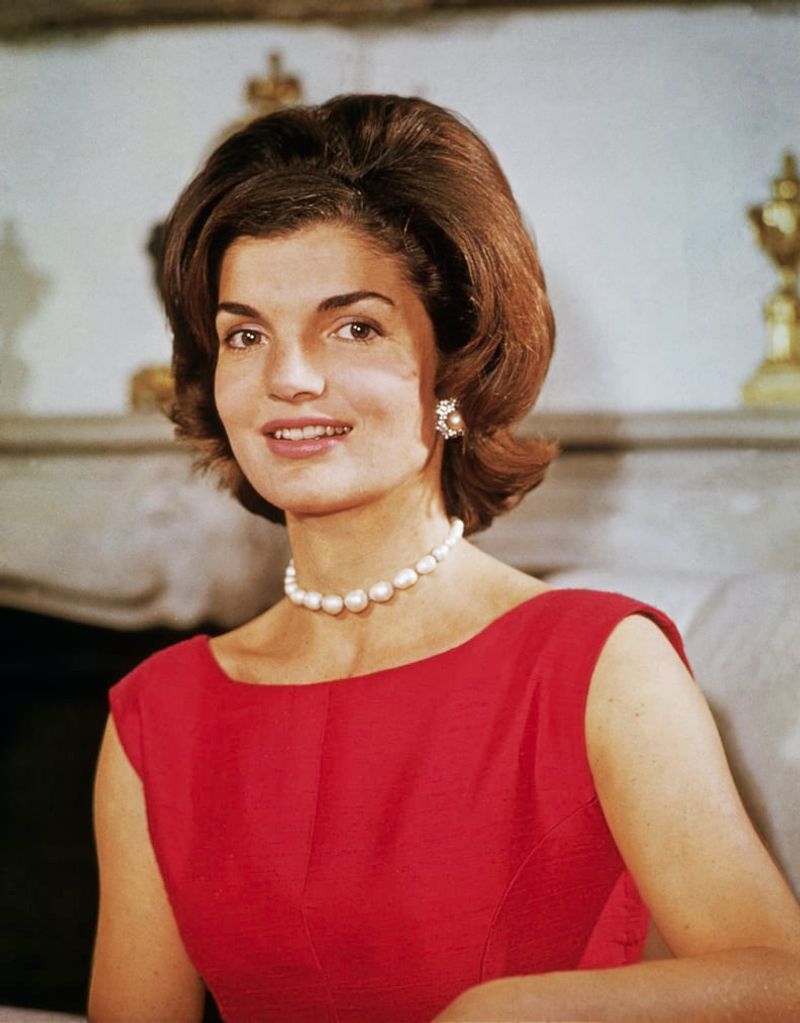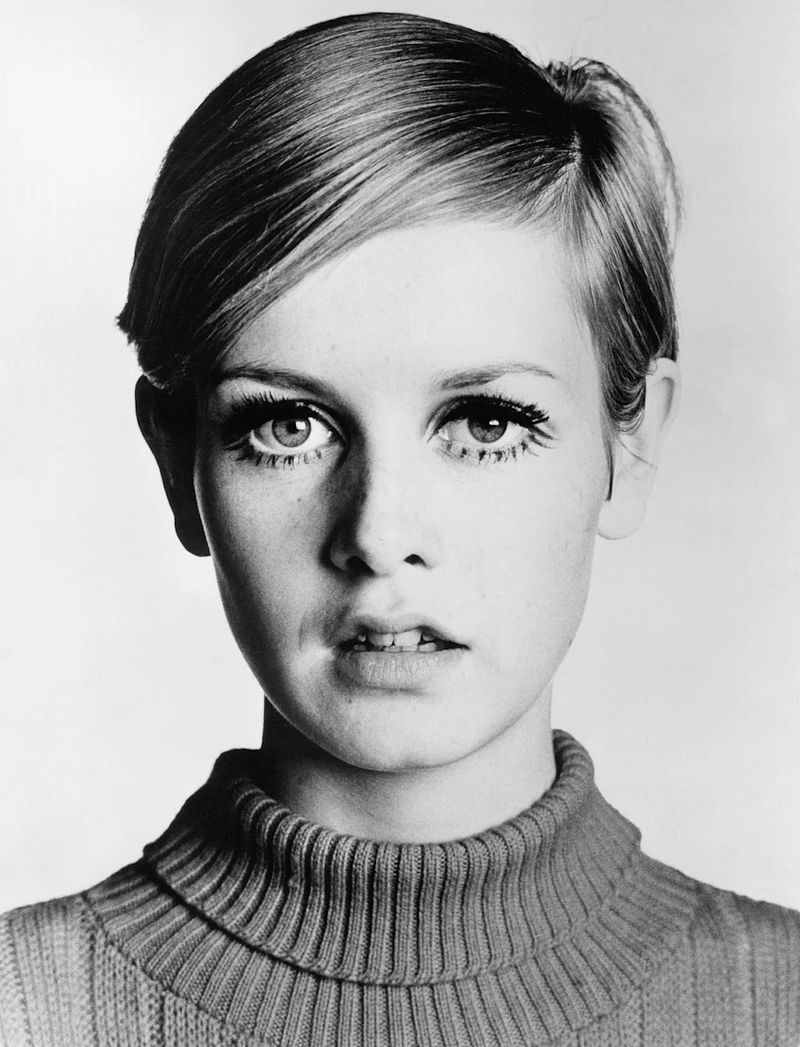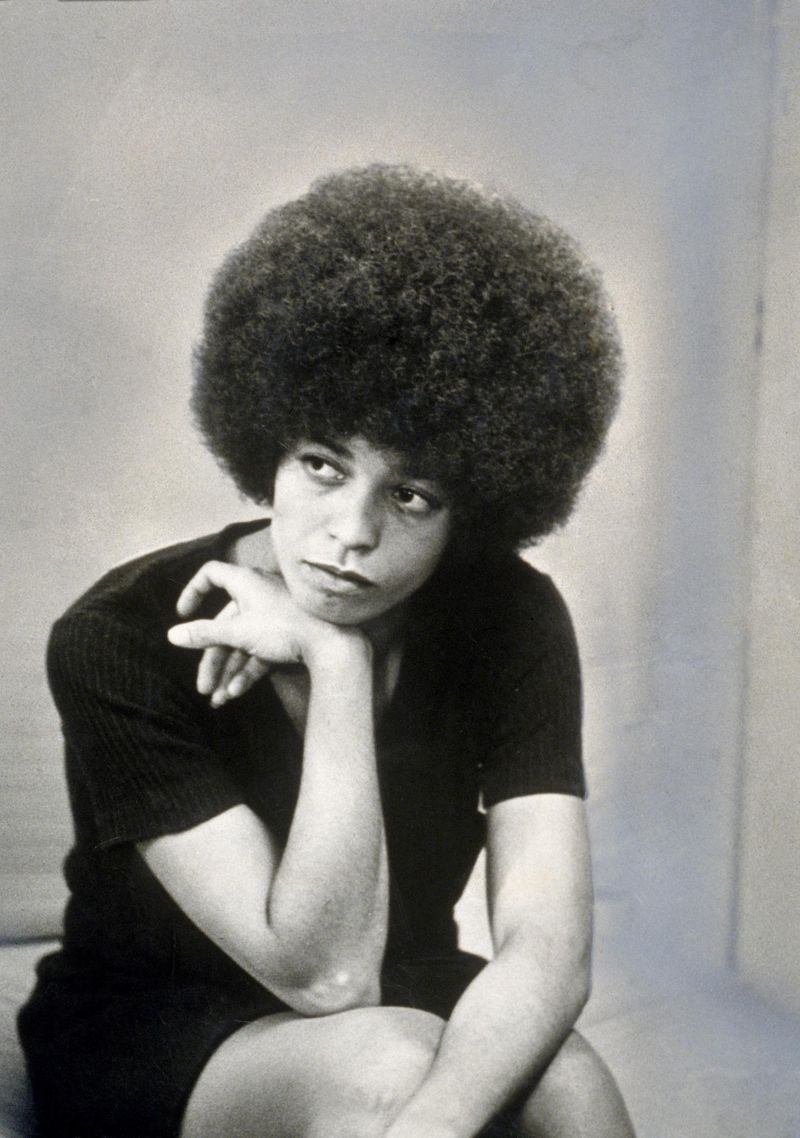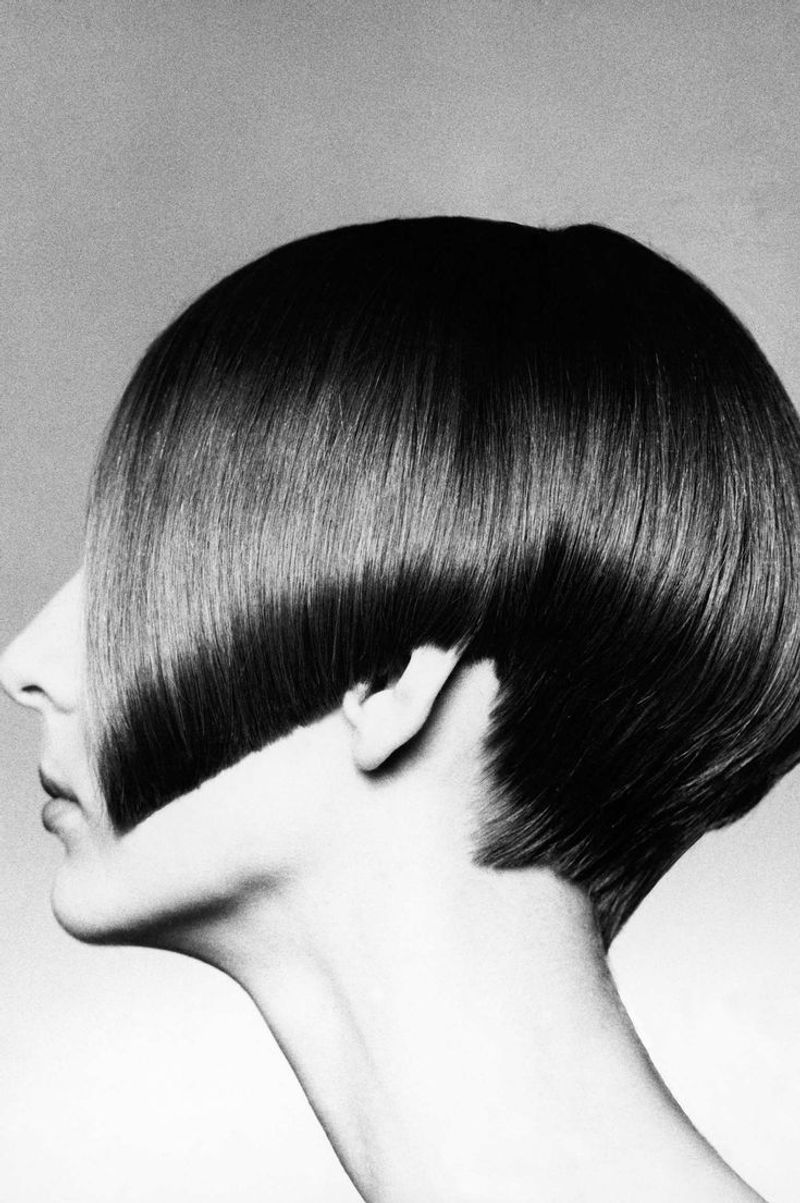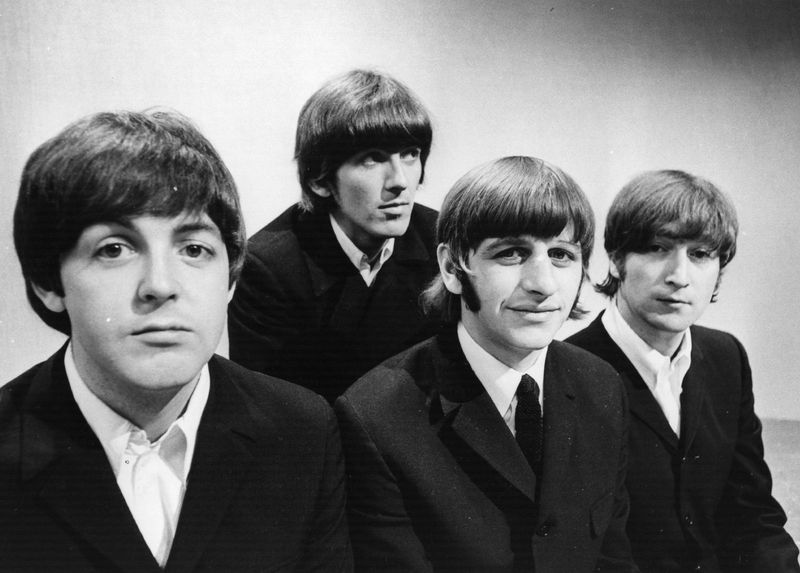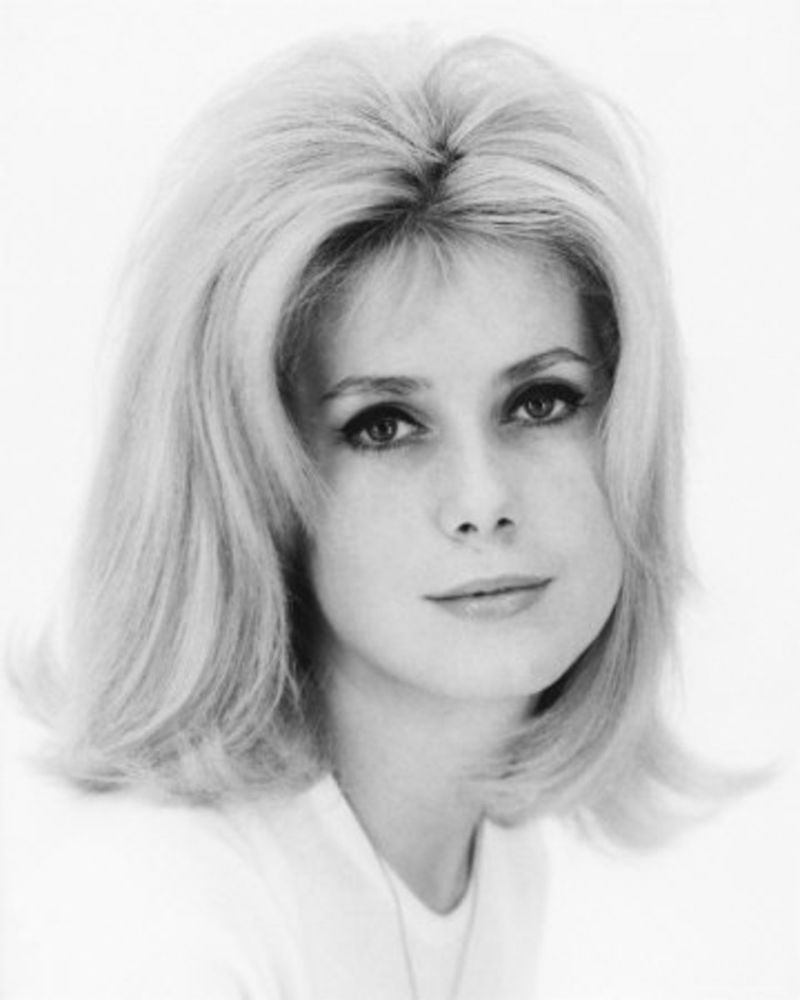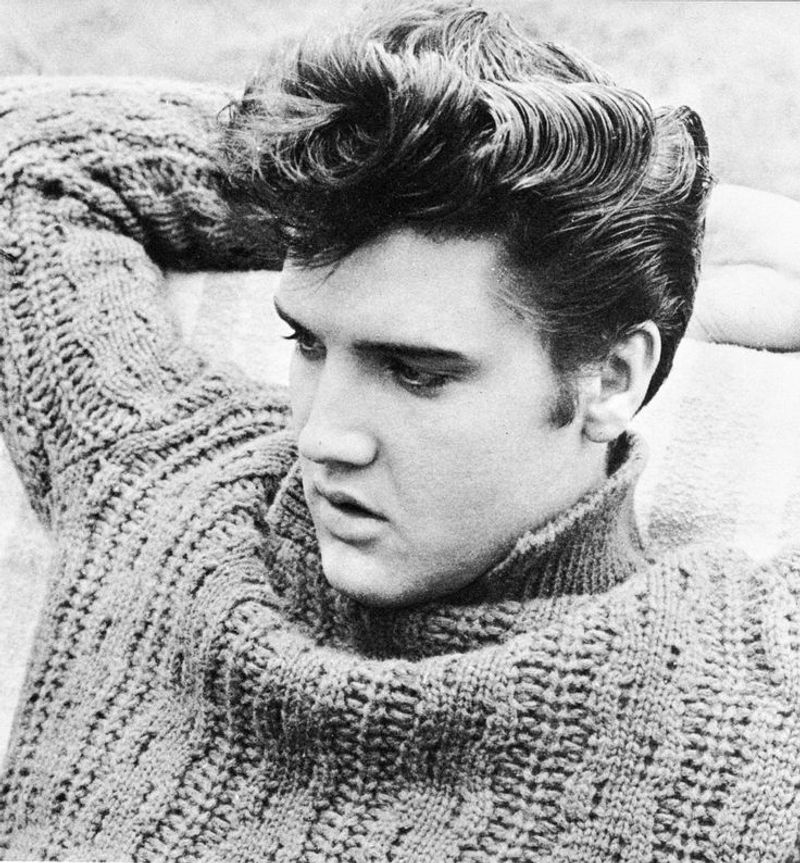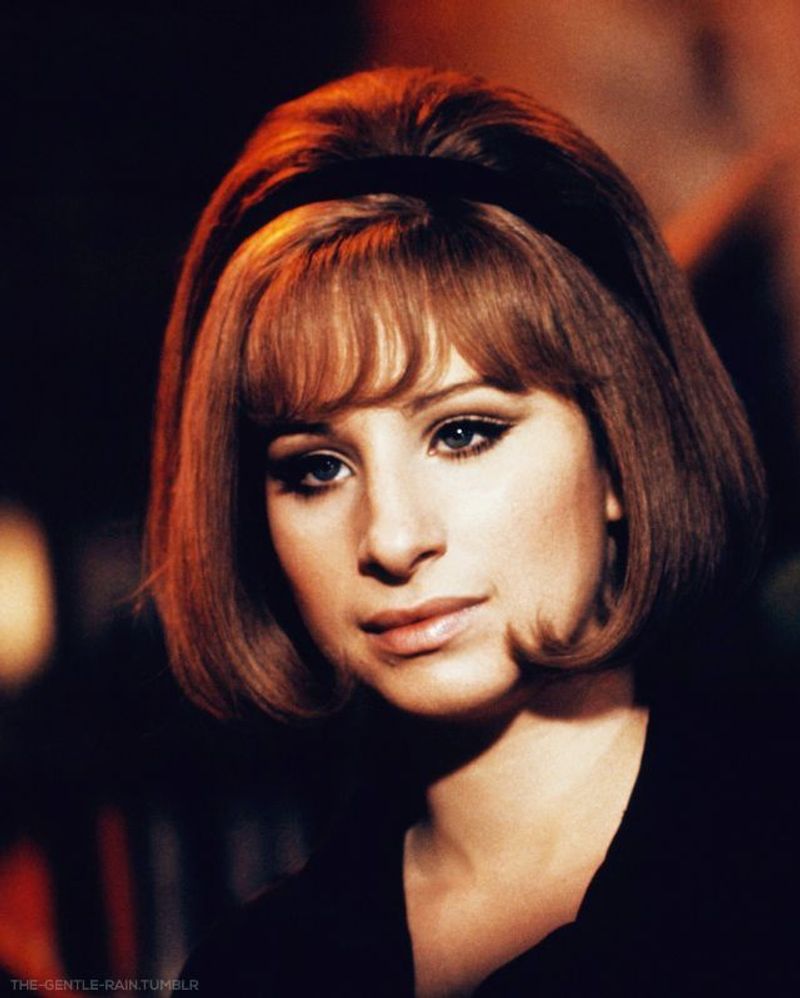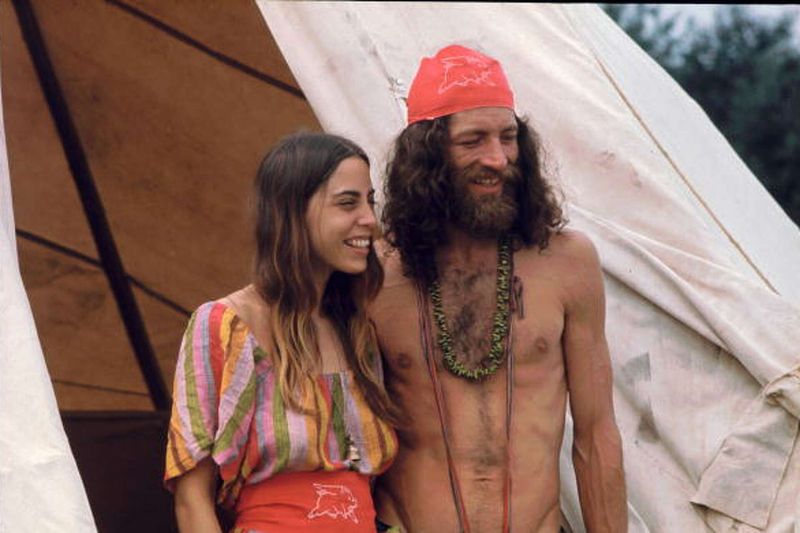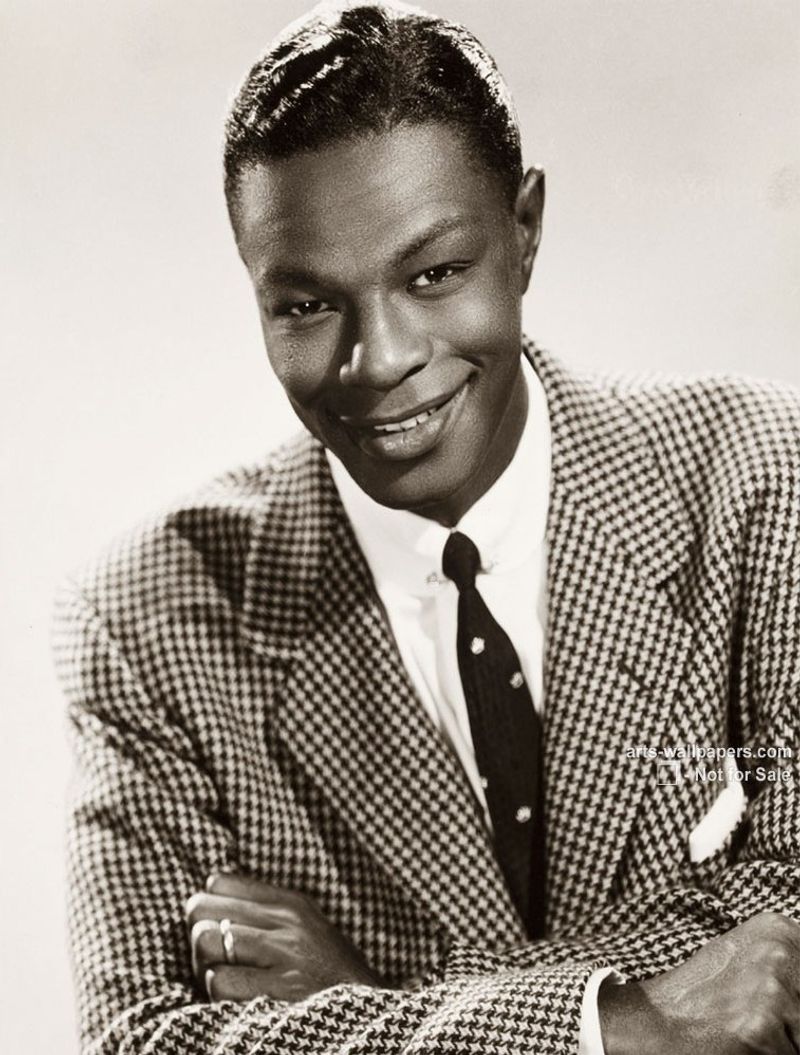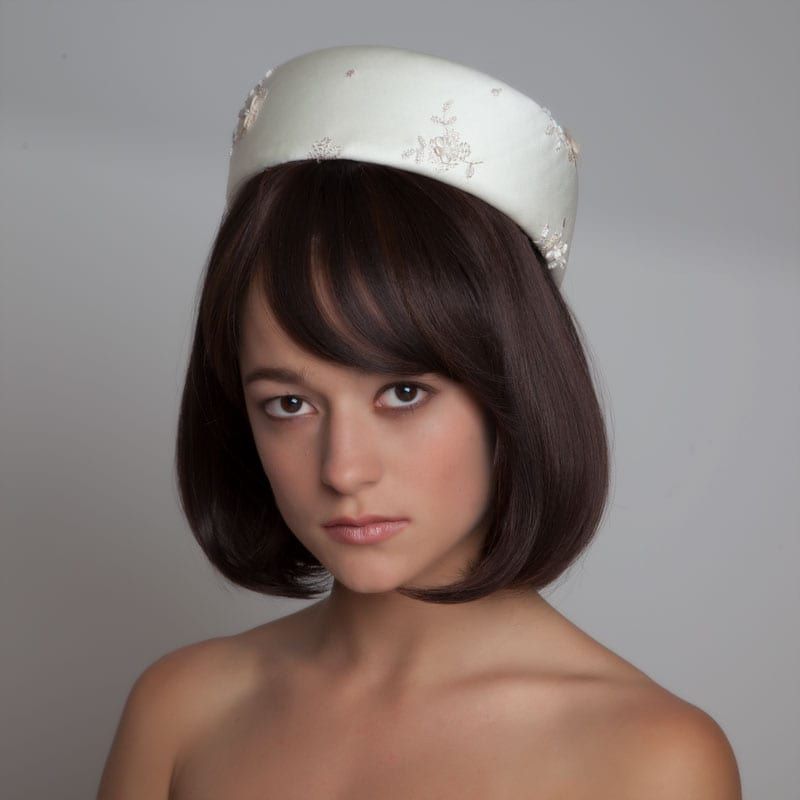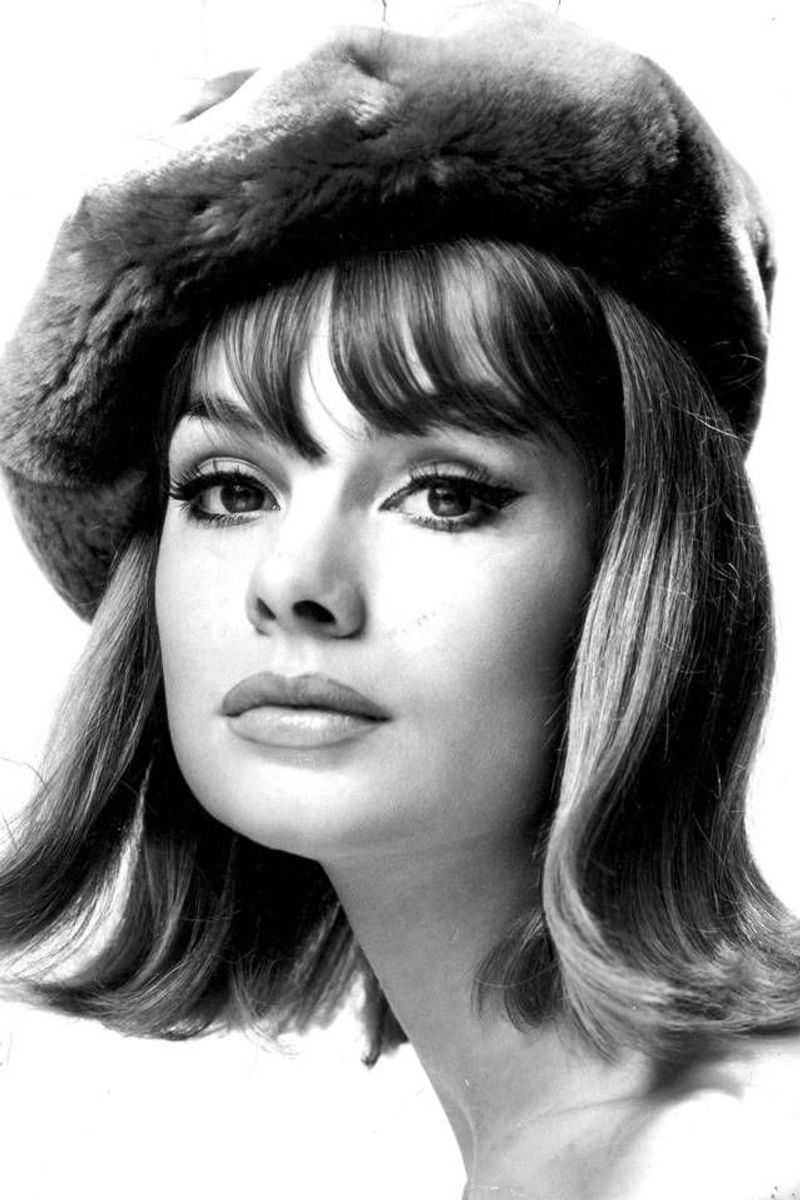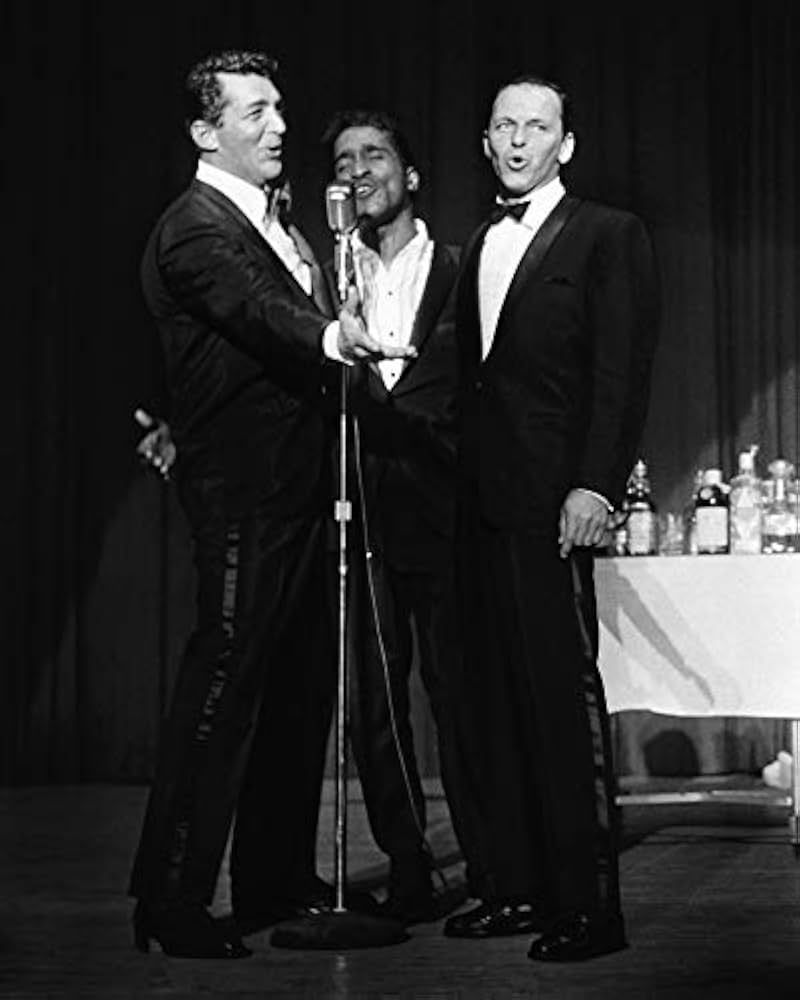Hair wasn’t just hair in 1960s America—it was a revolution on top of your head! This transformative decade saw hairstyles evolve from prim and proper to wild and free, reflecting the massive social changes sweeping through society.
From presidential coifs to counterculture statements, these iconic hairstyles capture the essence of an unforgettable era.
1. La ruche
Towering toward the heavens, the beehive hairdo symbolized feminine sophistication with its impressive height and structure. Women spent hours backcombing and spraying to achieve this architectural marvel.
First lady Jackie Kennedy occasionally wore a modified version, helping popularize this style that required serious dedication and half a can of hairspray to maintain!
2. The Flip
Bouncy and youthful, the flip featured ends that curled outward with perky precision. Mary Tyler Moore made this style famous on ‘The Dick Van Dyke Show,’ captivating American living rooms weekly.
Achieving the perfect flip required sleeping in uncomfortable rollers and plenty of setting lotion, proving beauty truly demanded sacrifice in the early sixties.
3. Le bouffant
Jackie Kennedy’s signature style influenced millions of American women who wanted that same sophisticated volume and elegance. The bouffant offered height without the extreme drama of the beehive.
Ladies would visit salons weekly for this look, getting their hair set and wrapped carefully at night to preserve the style for days afterward.
4. La coupe Pixie
British model Twiggy shocked the fashion world with her boyishly short pixie cut that perfectly framed her doe eyes. This daring style represented the new, liberated woman breaking free from traditional beauty standards.
Suddenly, scissors were snipping away long locks across America as women embraced this low-maintenance revolution!
5. The Afro
Rising alongside the Civil Rights movement, the Afro celebrated natural Black beauty and rejected Eurocentric beauty standards. Activists like Angela Davis wore this powerful crown of hair as a political statement.
The style required special wide-toothed combs known as Afro picks, often decorated with Black Power symbols at the handle.
6. The Vidal Sassoon Five-Point Cut
Revolutionary hairstylist Vidal Sassoon transformed women’s hair with his geometric, low-maintenance cuts that needed no setting or teasing. His famous five-point cut featured precise angles that fell perfectly into place.
Fashion designer Mary Quant wore this architectural style, creating a perfect pairing with her groundbreaking miniskirts.
7. The Mop Top
When the Beatles landed in America in 1964, their shaggy, longer-than-acceptable haircuts caused a sensation! Parents were horrified while teens rushed to grow out their crew cuts.
Barbers across America reportedly suffered income losses as young men stopped getting monthly haircuts, letting their locks grow to moptop length in Beatlemania-inspired rebellion.
8. L'homme-page
Smooth, sleek, and turning under at the ends, the pageboy offered sophisticated simplicity. French actress Catherine Deneuve popularized this elegant shoulder-length style that framed the face beautifully.
American women loved how this versatile cut could be worn straight or with a slight flip, making it perfect for the transitional mid-sixties.
9. The Rockabilly Pompadour
Elvis Presley’s iconic pompadour continued strong into the early 1960s, representing the lingering influence of 1950s rock and roll. Greasers and rebels slicked their hair back with generous amounts of pomade to achieve impressive height.
The style required daily maintenance and left pillowcases stained with product—a small price for such cool rebellion!
10. The Bob with Bangs
Singer and actress Barbra Streisand made this sleek, geometric cut famous with her perfectly straight hair and blunt bangs. The style represented a modern, no-nonsense approach to beauty that busy women appreciated.
Many achieved this look using ironing boards and actual clothes irons before hair straighteners existed—talk about dedication to fashion!
11. The Hippie’s Natural Flow
As the counterculture bloomed, young people rejected structured styles for natural, flowing hair that hadn’t met scissors in months. This revolutionary approach symbolized freedom from societal constraints and beauty standards.
Woodstock in 1969 showcased thousands of these natural manes adorned with flowers and headbands, creating an iconic image of the peace-and-love generation.
12. The Conk
Many Black men in early 1960s America still wore the chemically straightened ‘conk’ hairstyle popular since the 1920s. The painful process involved applying lye-based mixtures that could burn the scalp severely.
As the decade progressed and Black Pride movements gained momentum, many abandoned this style for natural options celebrating their authentic hair texture.
13. The Pillbox Hat-Ready Style
Many women wore short, structured cuts specifically designed to accommodate the era’s fashionable hats. These styles stayed neat when hats were removed—a practical consideration for the hat-loving early sixties.
Department stores even sold specialized hat pins and combs for securing these fashionable toppers without disturbing one’s carefully crafted coiffure.
14. The Chelsea Cut
Emerging from London’s mod scene, this androgynous style featured short hair on top with longer sections at the sides and back. Model Jean Shrimpton rocked this look, influencing fashion-forward American women to embrace its edgy appeal.
The style paired perfectly with geometric mod dresses and bold eye makeup.
15. The Rat Pack Slick-Back
Frank Sinatra and Dean Martin kept their hair short on the sides but longer on top, slicked back with a side part. This sophisticated style represented old-school masculinity that contrasted sharply with emerging youth culture styles.
Businessmen and professionals maintained this conservative look even as younger generations grew their hair longer in protest.

